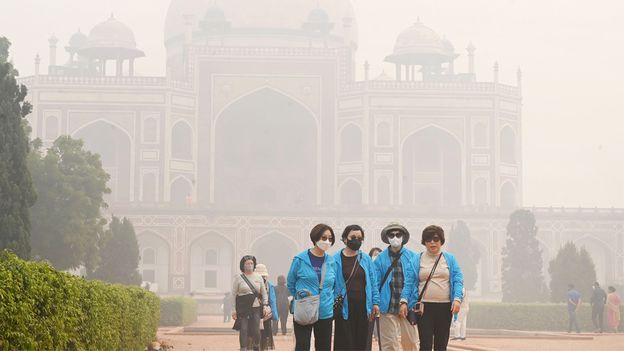
Measuring indoor air pollution: Why low-cost technology is critical
Hindustan TimesThe second wave of the Covid-19 pandemic seems to be weakening. But research shows that indoor air pollution, which is generated from kitchen fumes and household dust, can be two to three times deadlier than outdoor pollution. The challenge is establishing a dense and country-wide network of indoor air pollution monitors, which meets the requirements of low cost, accuracy, and consistency of data. The continuous ambient air quality monitoring stations monitors used by the pollution control boards are not suitable for mass deployment as the Beta Attenuation Monitoring protocol they operate on is very expensive. Four indigenous start-ups have developed the sensors: Respirer Living Sciences, Airveda Technologies, Personal Air Quality Systems, and Oizom Instruments, and they cost around ₹60,000 per unit.
History of this topic

Staying indoors to survive pollution season? Here’s how to keep your air clean and your health protected
Live Mint
Our 5 Favorite Indoor Air Quality Monitors for Healthy Air (2024)
Wired
How To Protect Kids When The Air Quality Is Terrible
Huff Post
Why you need to worry about indoor air pollution too
Live Mint)
‘You Won’t Ever Knowingly Drink Dirty Water, So Why A Different Yardstick For Air?’
News 18
Air pollution: why you should not forget about indoor air quality
Live MintDiscover Related


.jpg)












































